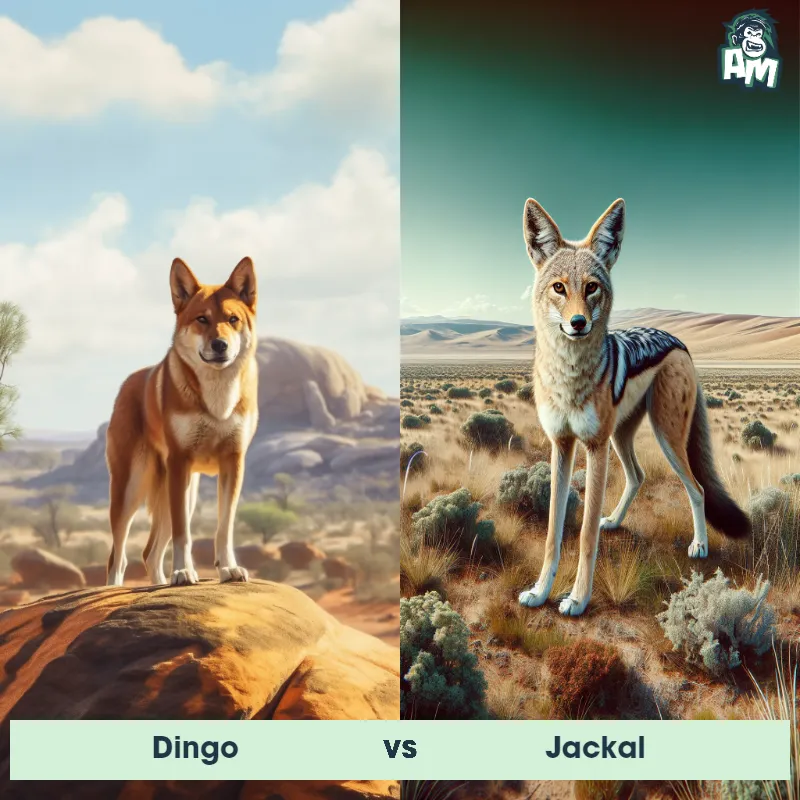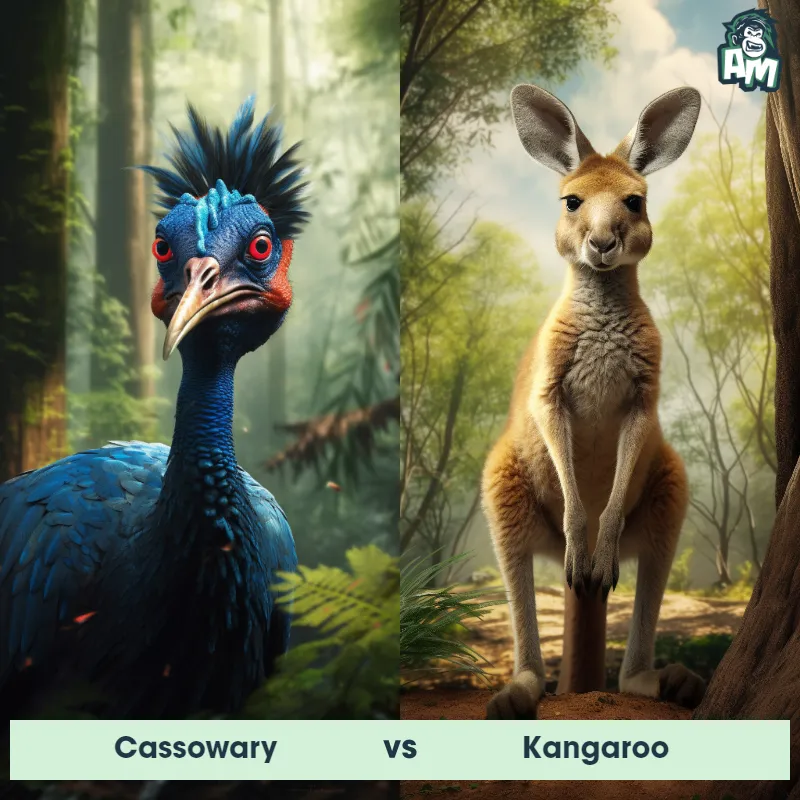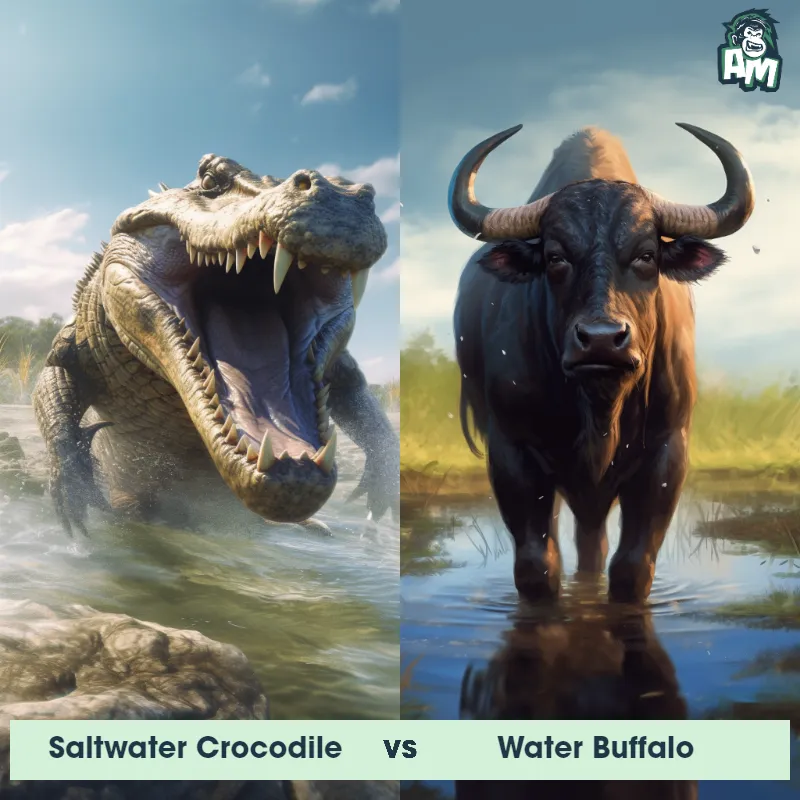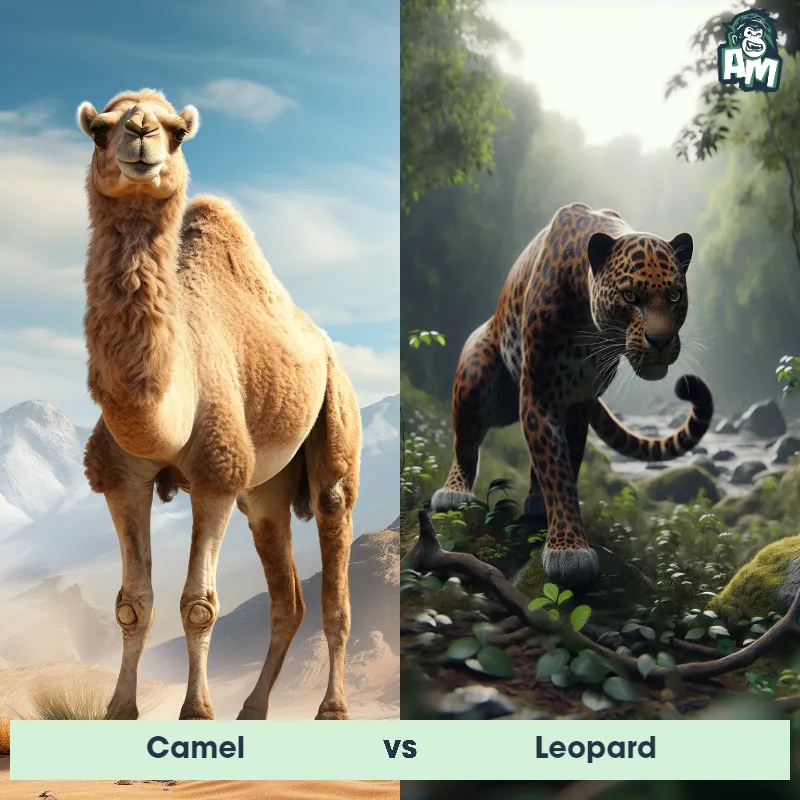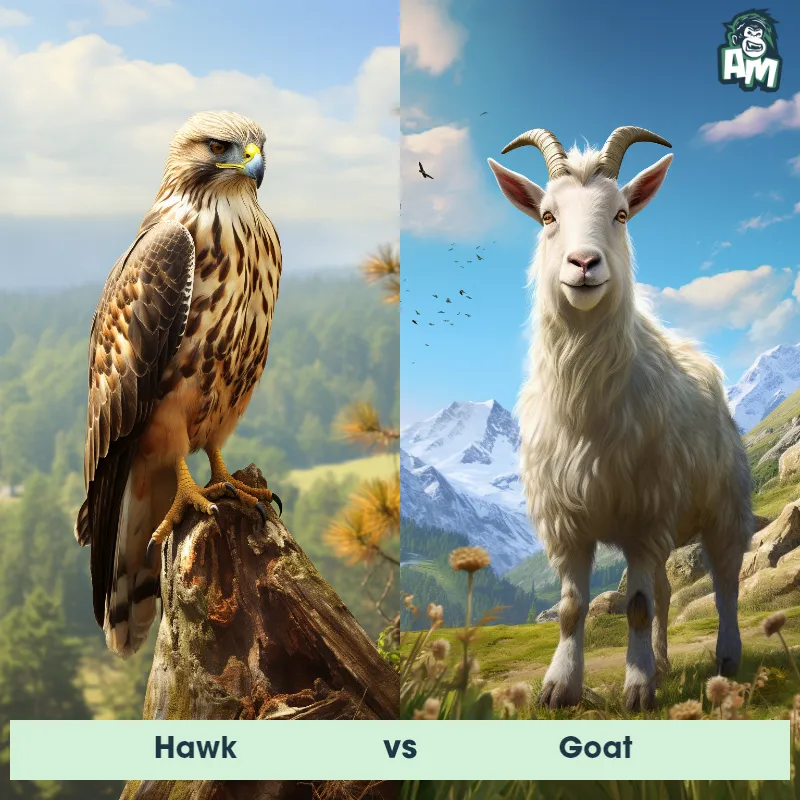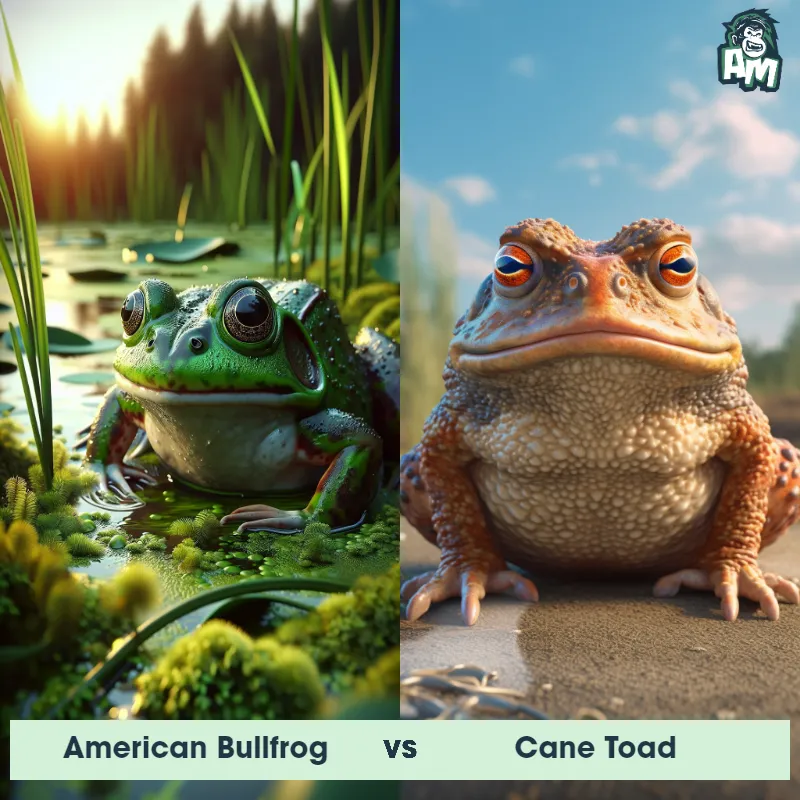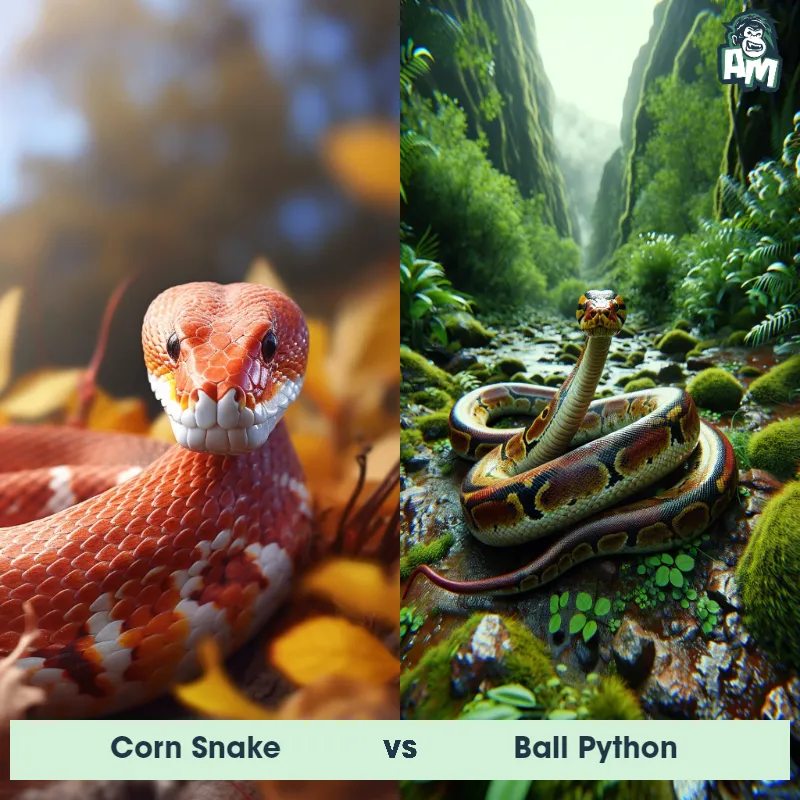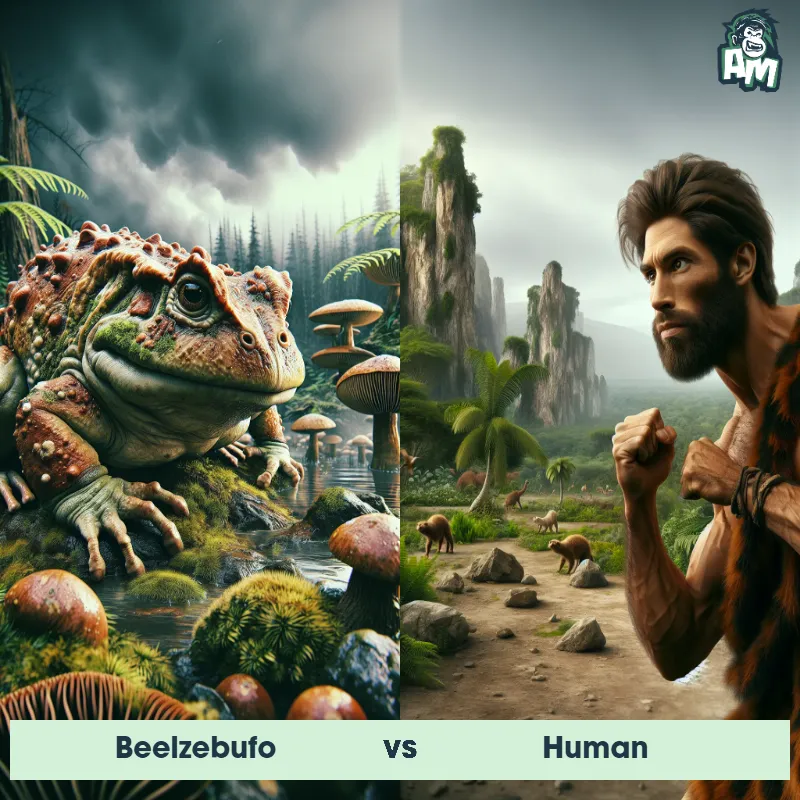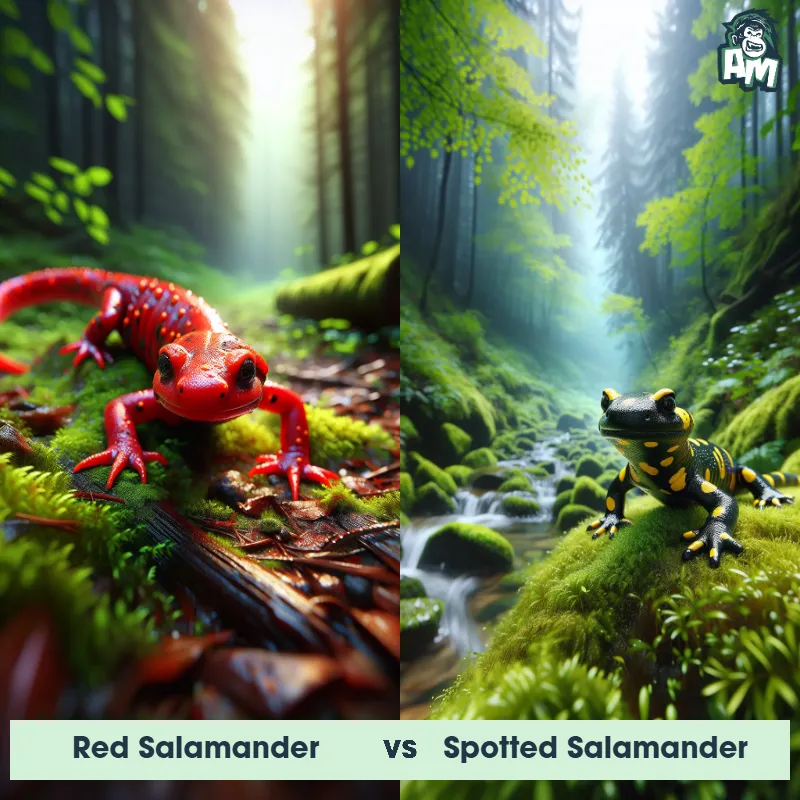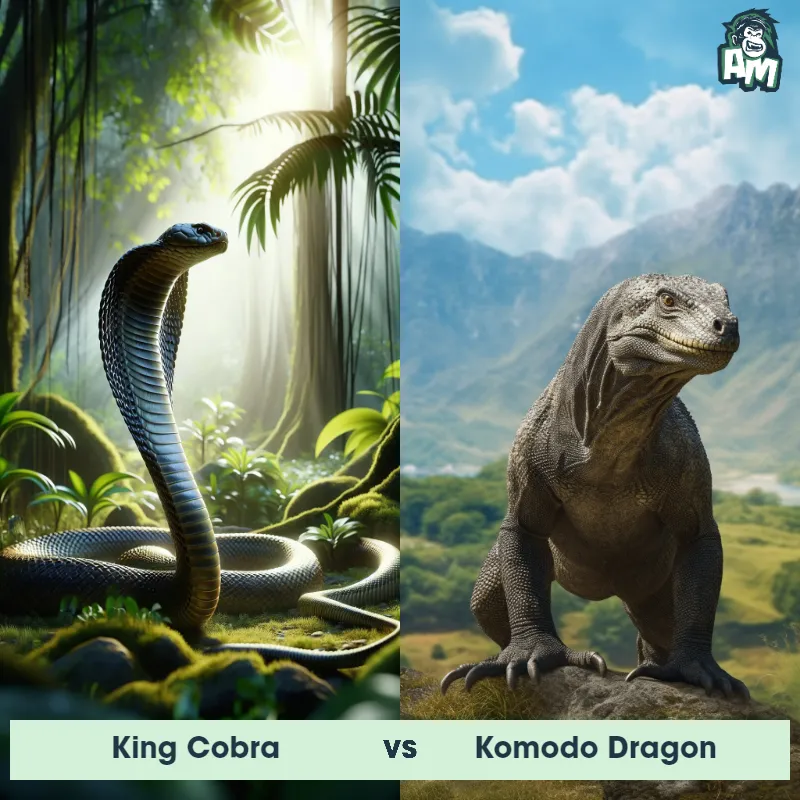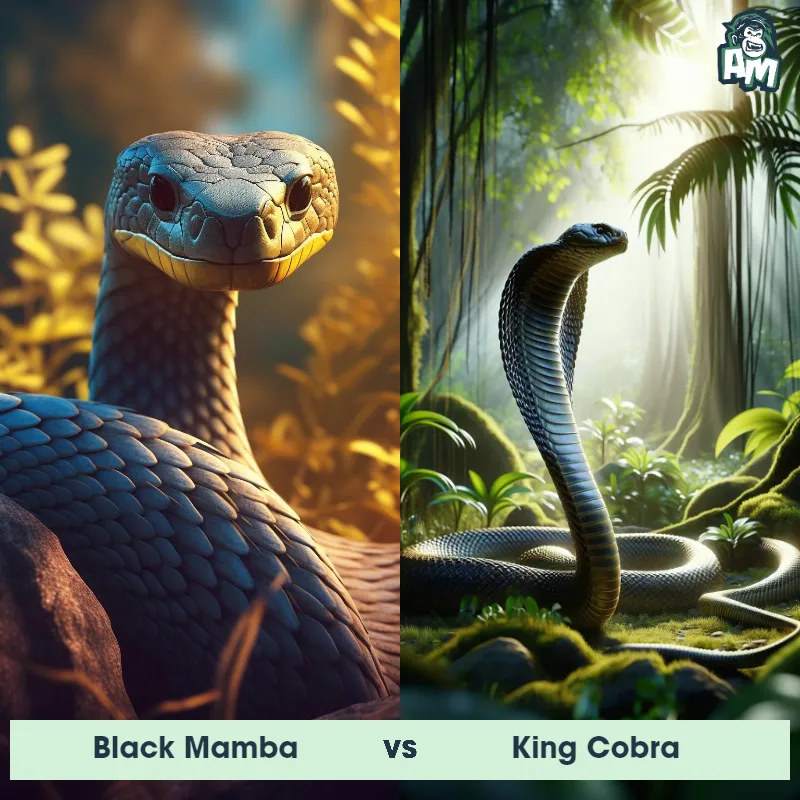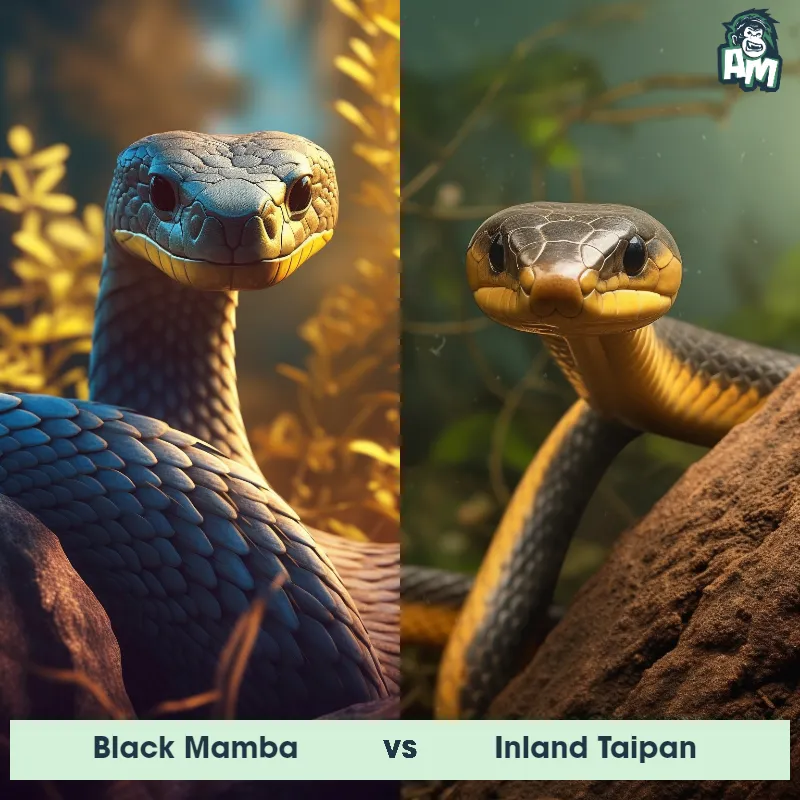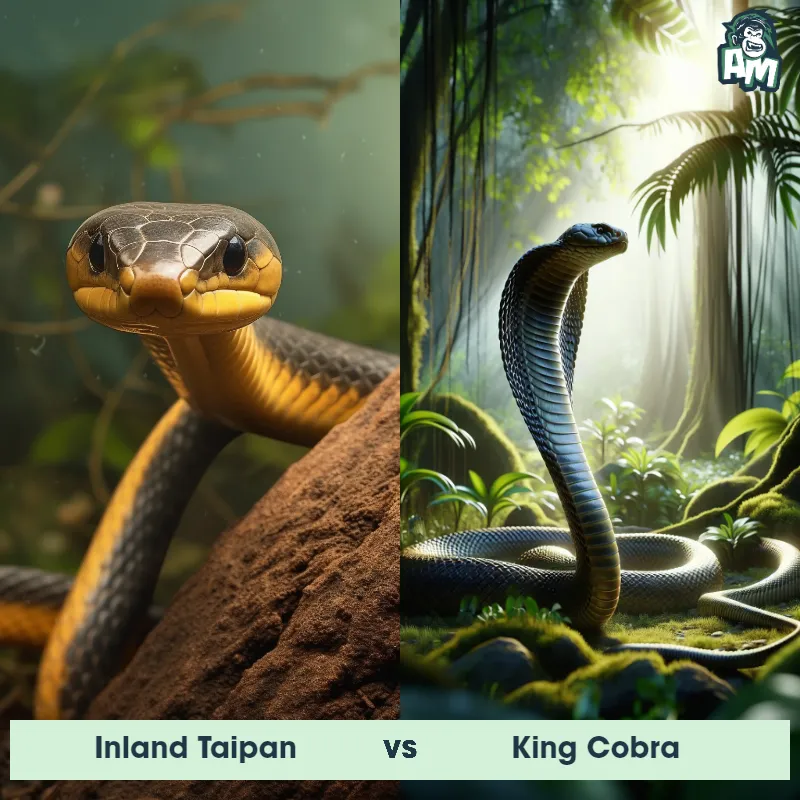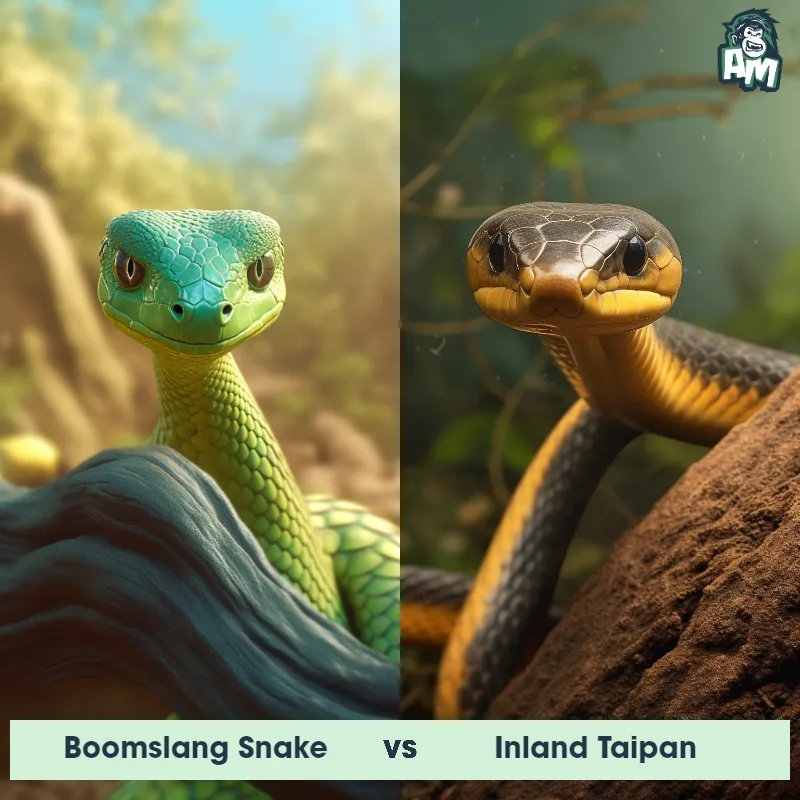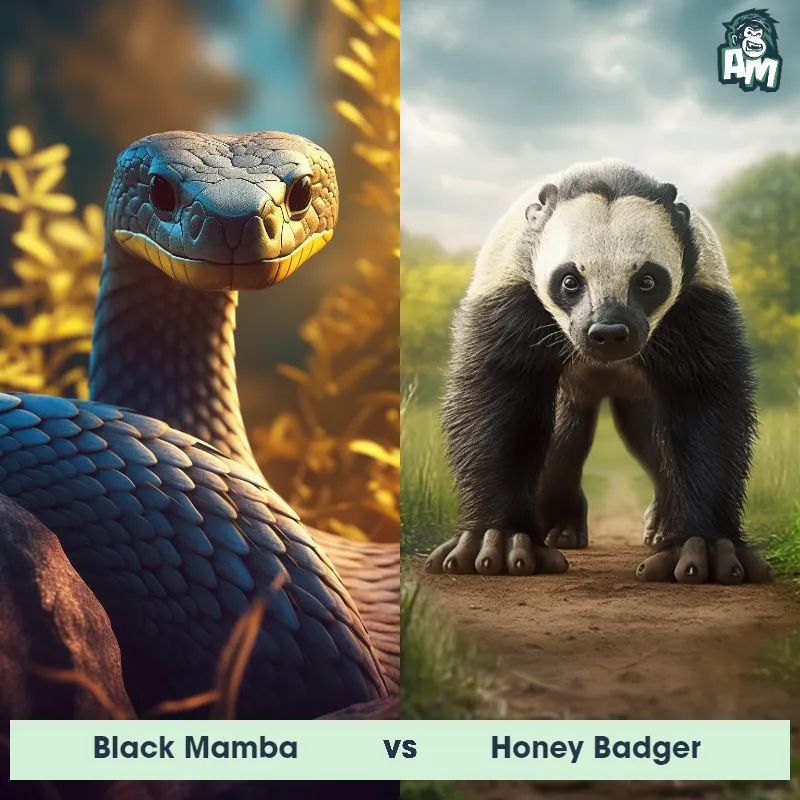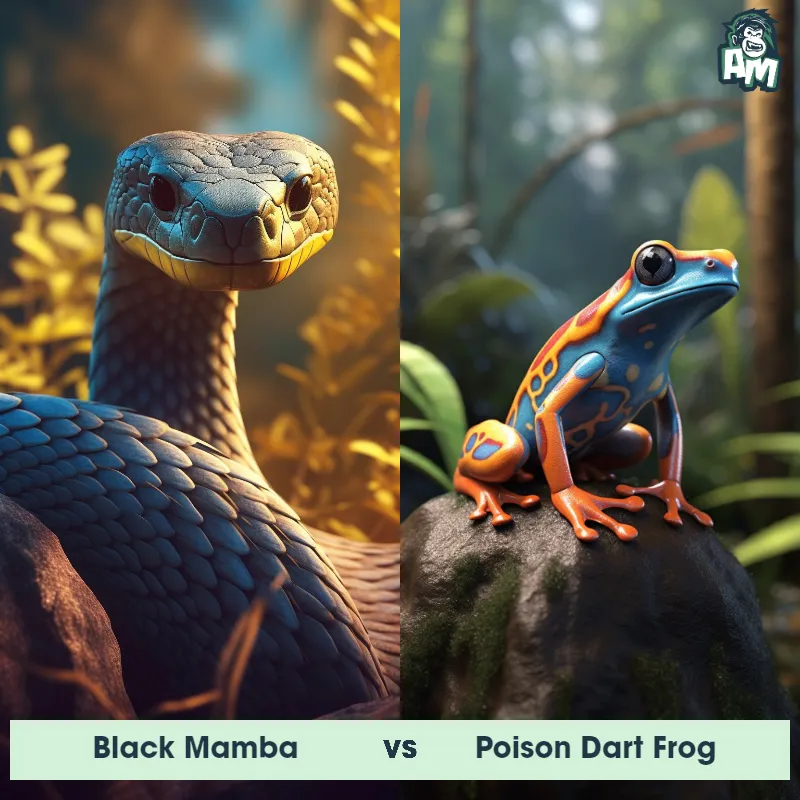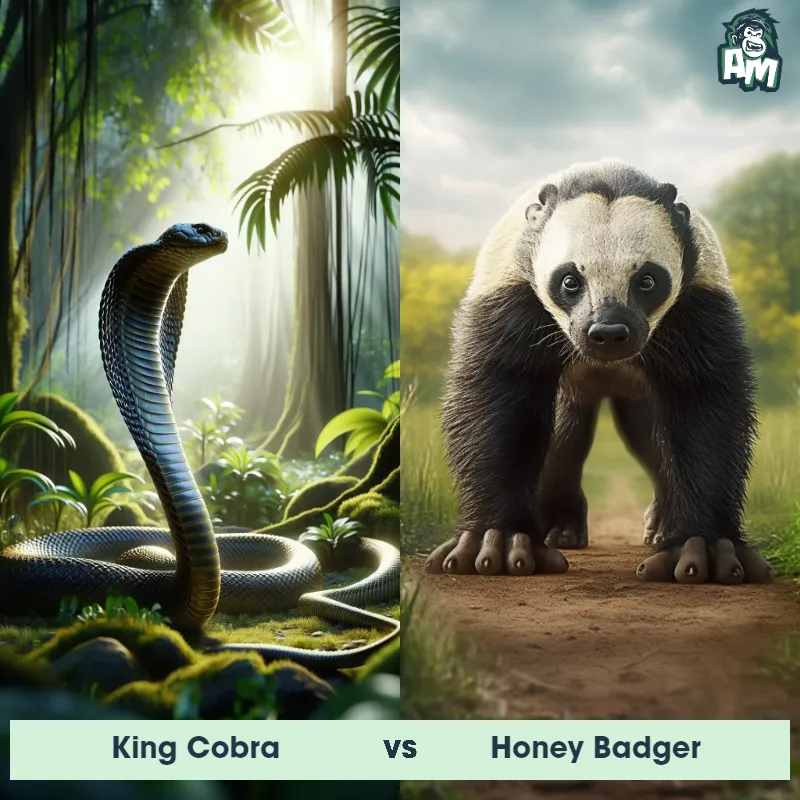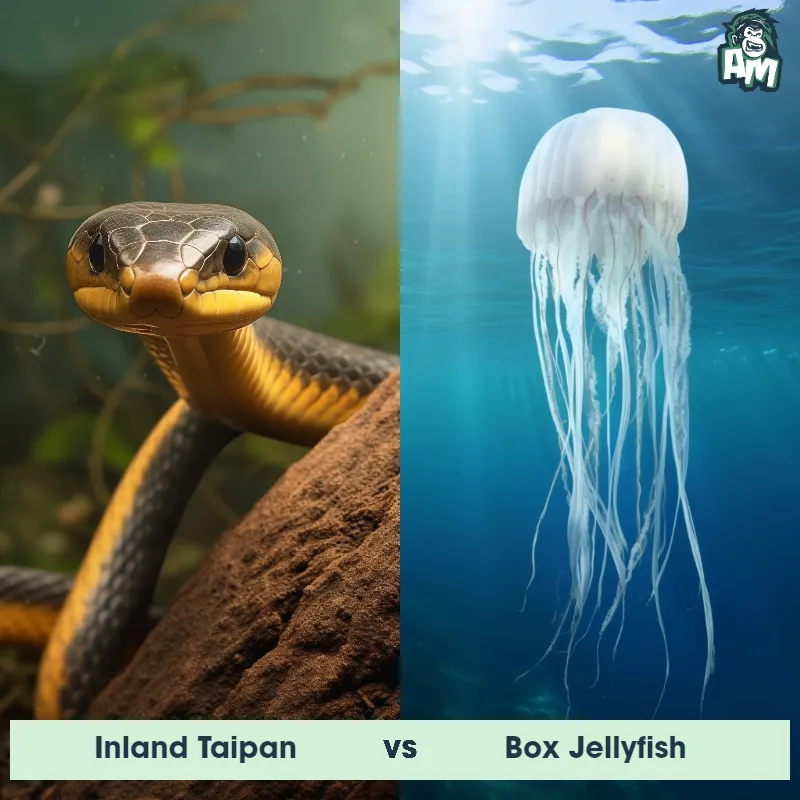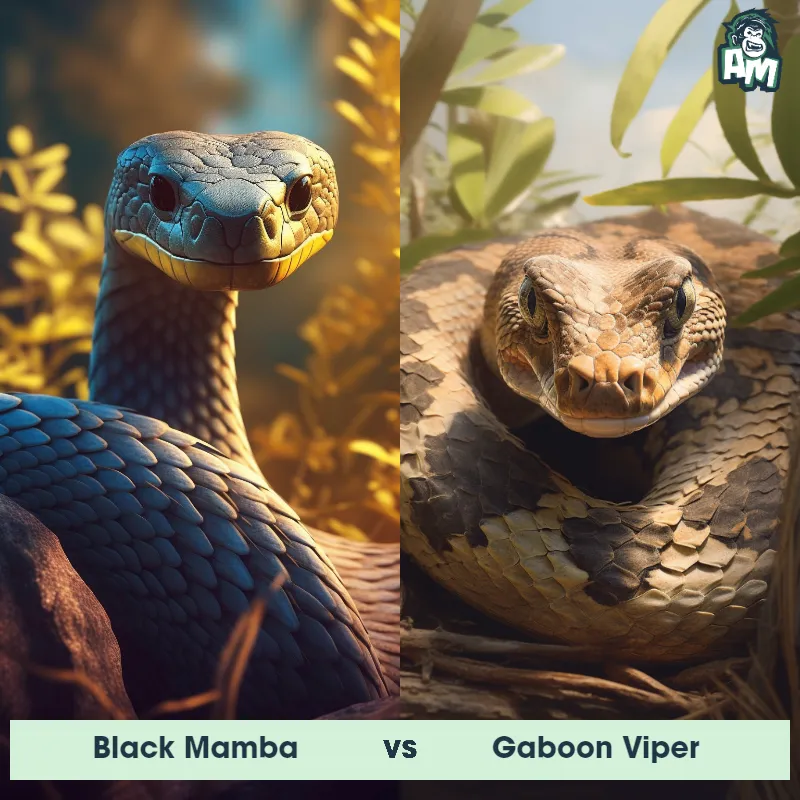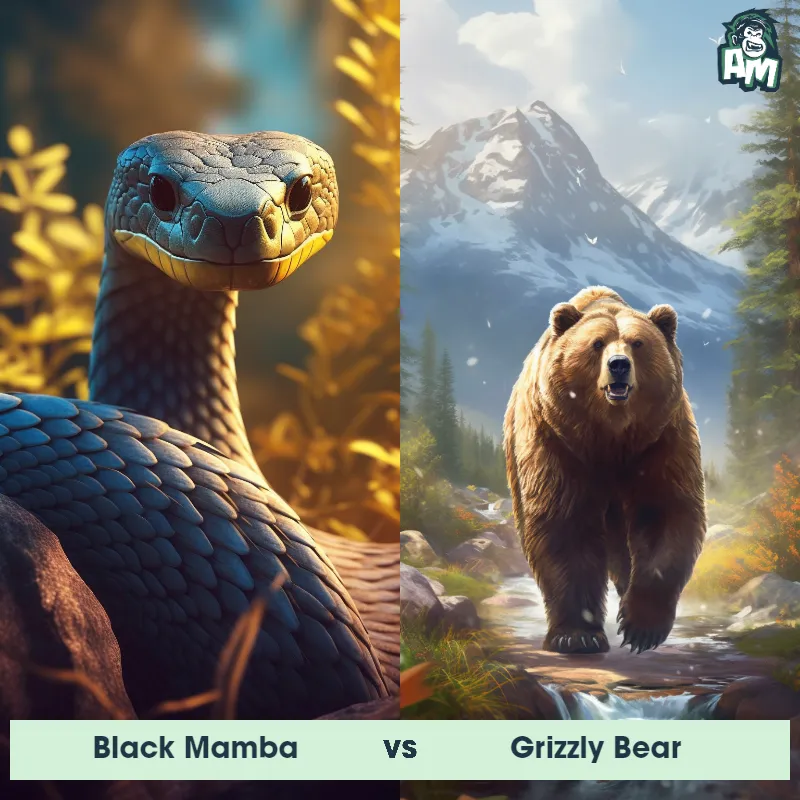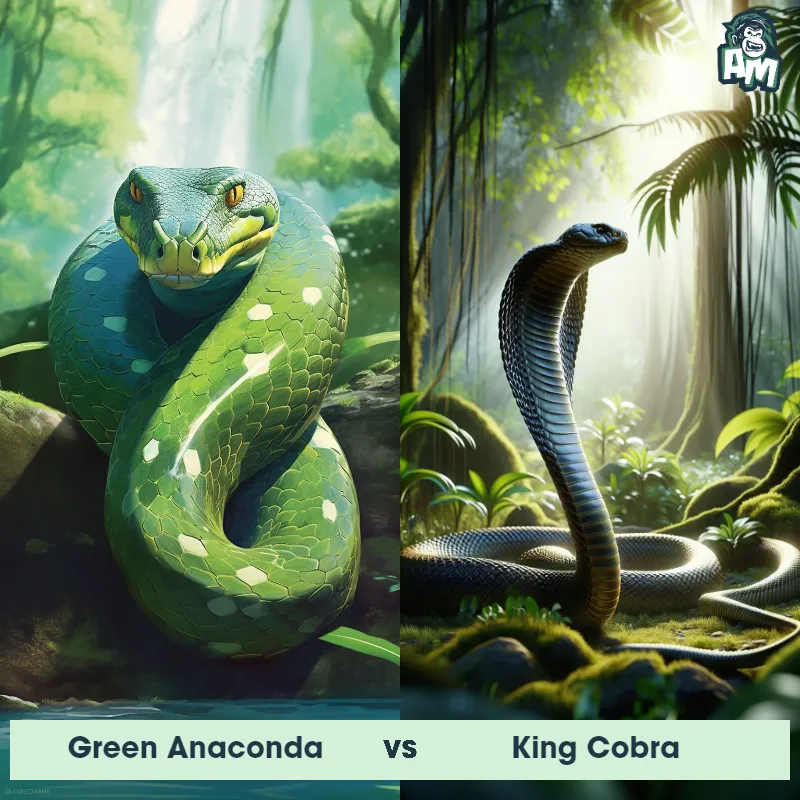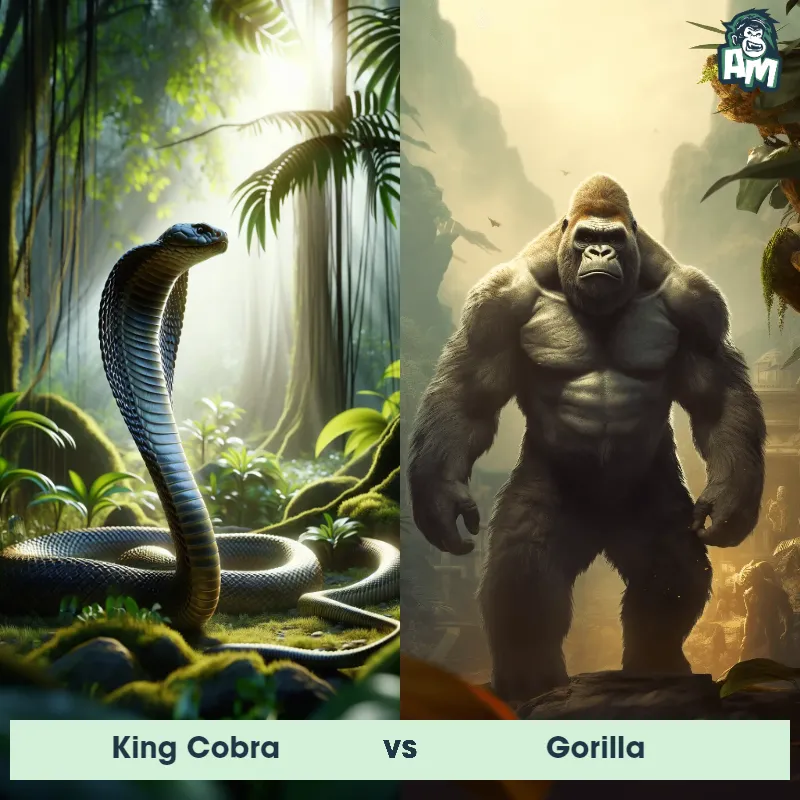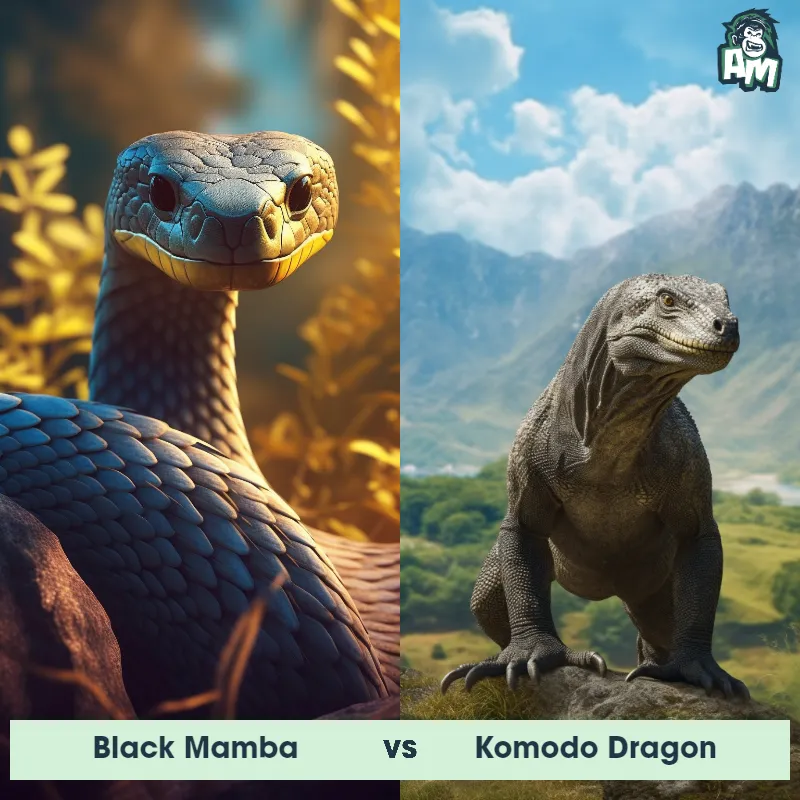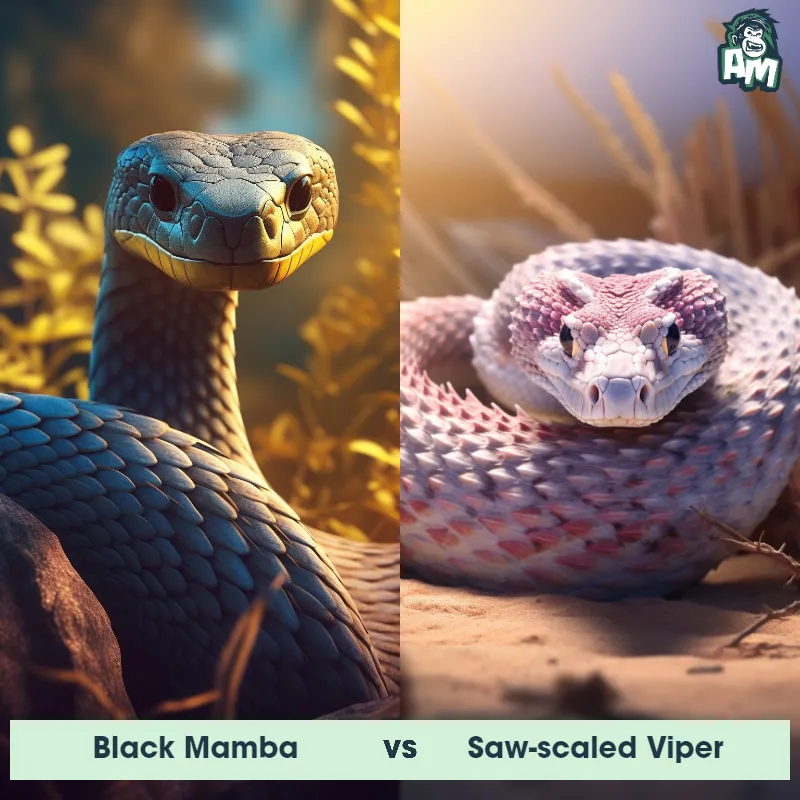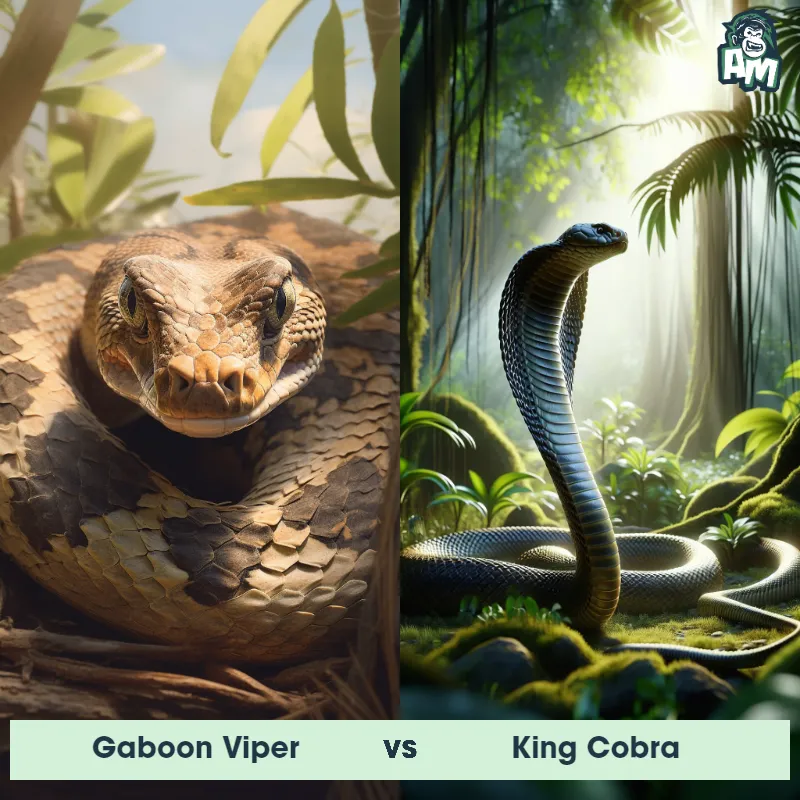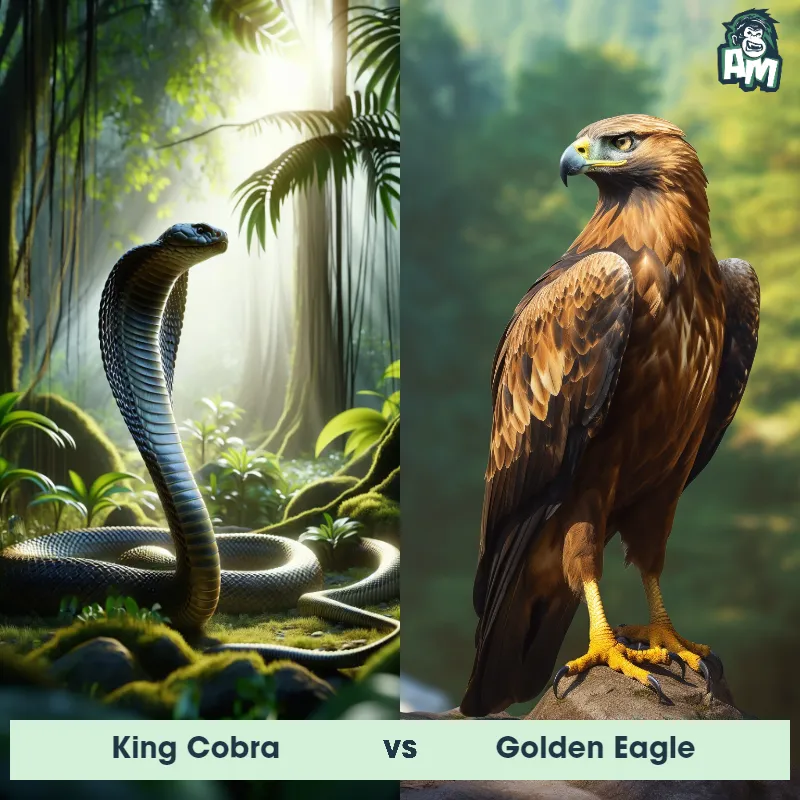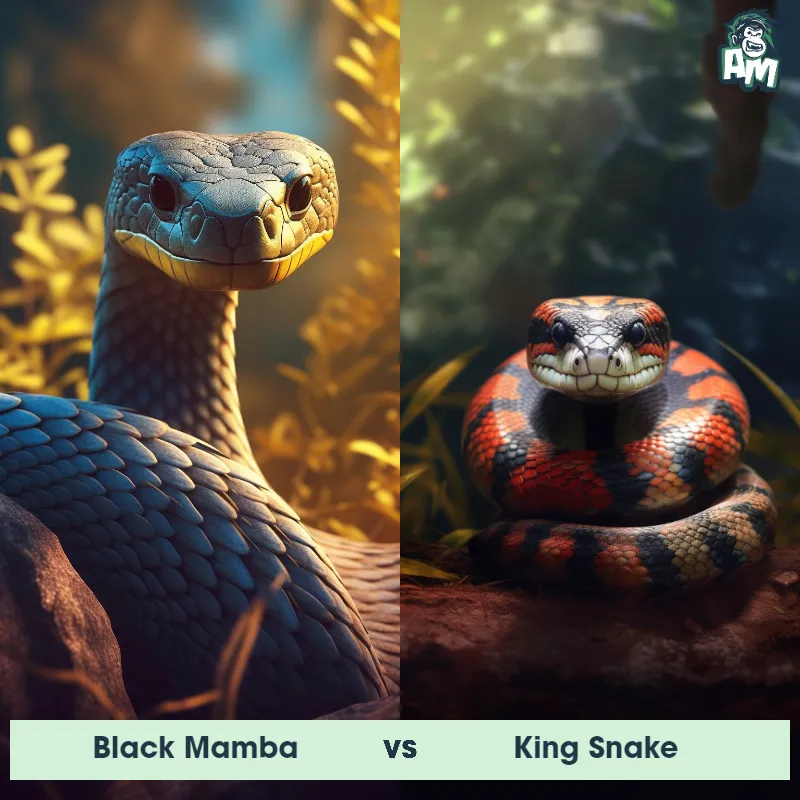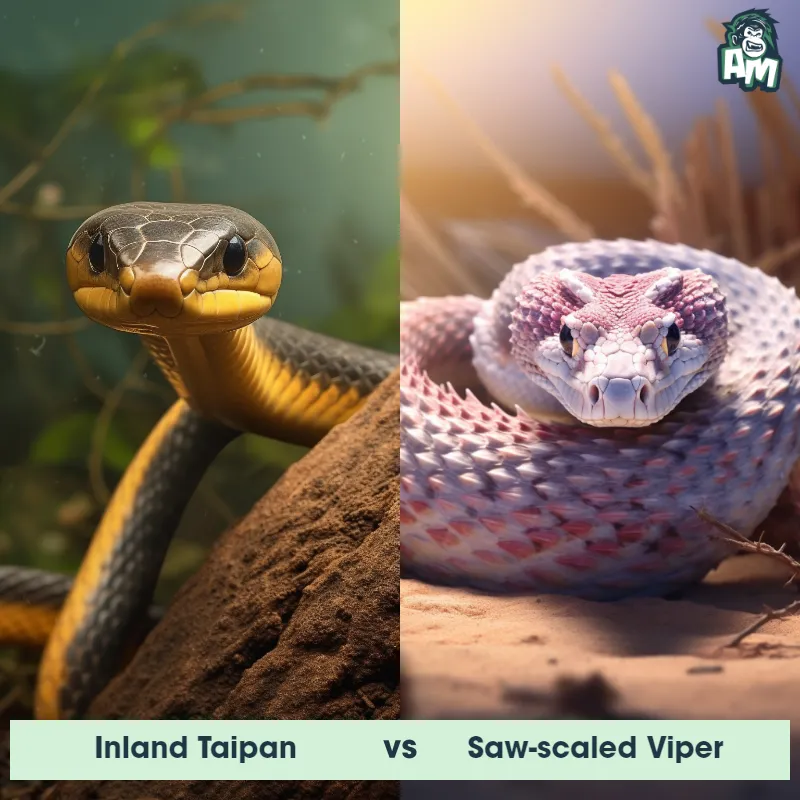Black Mamba vs Coral SnakeSee Who Wins
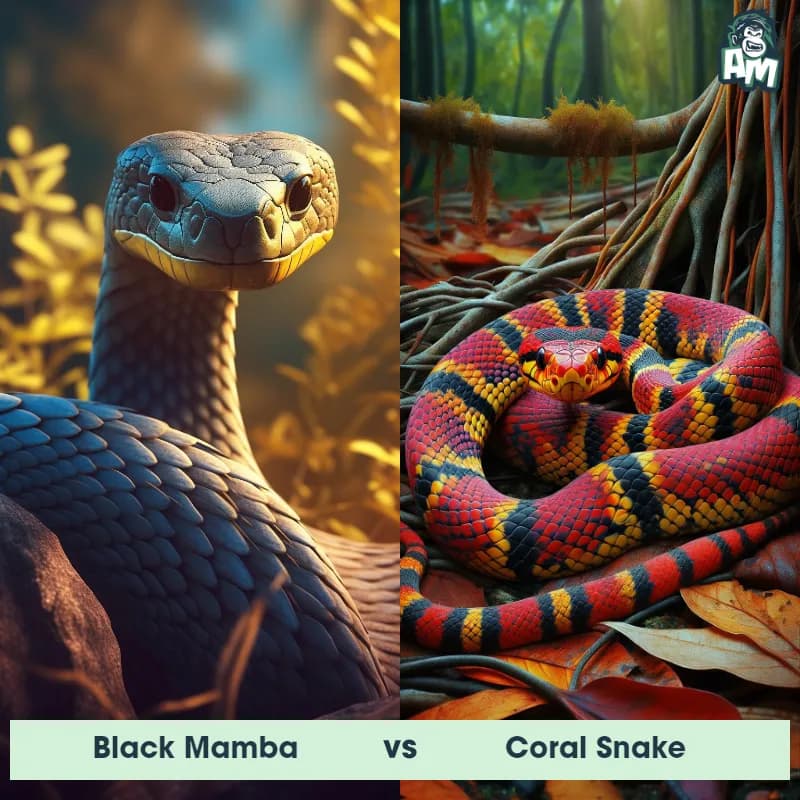
Ladies and gentlemen, welcome to this thrilling matchup here today. We have a showdown between two venomous inhabitants of the wild kingdom. In the red corner, weighing in at around 4.5 pounds, we have the Black Mamba, known for its deadly venom and lightning-fast strikes. And in the blue corner, weighing just under 1 pound, we have the Coral Snake, recognized for its vibrant stripes and potent neurotoxic venom. Get ready for an intense clash between these slithering adversaries.
Contender 1: Black Mamba
The Black Mamba, also known as Dendroaspis polylepis, is a highly venomous snake found in sub-Saharan Africa. It is known for its long, slender body that can grow up to 14 feet in length and its dark, matte black scales. The Black Mamba is also known for its speed, as it can move up to 12.5 miles per hour, making it one of the fastest snakes in the world. Its venom is highly toxic and can cause respiratory failure, leading to death within hours if left untreated.
Fun Fact: The Black Mamba is not actually black, but rather a dark brown or olive color. The name "Black Mamba" comes from the inside of its mouth, which is black and visible when it opens its jaws in a threat display.
Contender 2: Coral Snake
The Coral Snake, also known as Micrurus fulvius, is a venomous snake species found in North America. It has a distinctive color pattern with bright red, yellow, and black bands that encircle its body. Unlike many other North American snakes, the Coral Snake has a small head, black eyes, and a short tail. This serpent species ranges in size from 2 to 4 feet long, and it has smooth scales. Coral Snakes are known for their secretive nature, spending most of their time hidden in leaf litter or underground burrows.
Fun Fact: A fascinating fact about the Coral Snake is that it is part of the Elapidae family, which also includes cobras and mambas, making it one of the only venomous snakes in North America that is not part of the Viperidae family.
Matchup Stats
| Black Mamba | Coral Snake | |
|---|---|---|
| Size | Up to 14 feet (4.3 meters) | 2 to 4 feet long (0.6 to 1.2 meters) |
| Weight | Up to 3.5 pounds (1.6 kilograms) | Not specified |
| Speed | Speed: 12 mph (19.31 km/hr) | 1mph (1.6km/h) |
| Key Strength | Speed and highly toxic venom | Not specified |
| Biggest Weakness | Shyness and avoidance of confrontation | Not specified |
Current Votes
Black Mamba vs Coral Snake
See Who Wins
View More Matches
Looking For More?
Similar Matches
Scientific Stats
| Black Mamba | Coral Snake | |
|---|---|---|
| Scientific Name | Dendroaspis polylepis | Micrurus fulvius |
| Family | Elapidae | Elapidae |
| Habitat | Savannas, rocky hills, and dense forests | Leaf litter, underground burrows |
| Geography | Sub-Saharan Africa | North America |
| Diet | Small mammals, birds, and occasionally other snakes | Small reptiles, snakes, and other snakes' eggs |
| Lifespan | 11 years - 20 years | 6 years - 8 years |
Key Differences between Black Mamba and Coral Snake
- Fangs: The Black Mamba has long, hollow fangs located in the front upper jaw, capable of reaching up to 17mm, while the Coral Snake has short fangs located at the back of its mouth.
- Venom: The Black Mamba possesses one of the most potent neurotoxic venoms among snakes, causing rapid paralysis and respiratory failure, while the Coral Snake has a neurotoxic venom as well, but its bite is less potent and fatalities are rare due to the snake's small mouth and shy nature.
- Habitat: The Black Mamba is found predominantly in sub-Saharan Africa, inhabiting savannas and rocky areas, whereas the Coral Snake is found in various parts of the Americas, preferring wooded areas and tropical rainforests.
- Color: The Black Mamba is uniformly dark brown or olive-green in color, while the Coral Snake has distinct alternating bands of red, yellow, and black.
- Head Shape: The Black Mamba has a longer, more slender head with a slightly pointed snout, whereas the Coral Snake has a shorter, rounded head shape.
- Size: The Black Mamba is significantly larger, growing up to 14 feet in length, while the Coral Snake averages around 2-4 feet in length.




